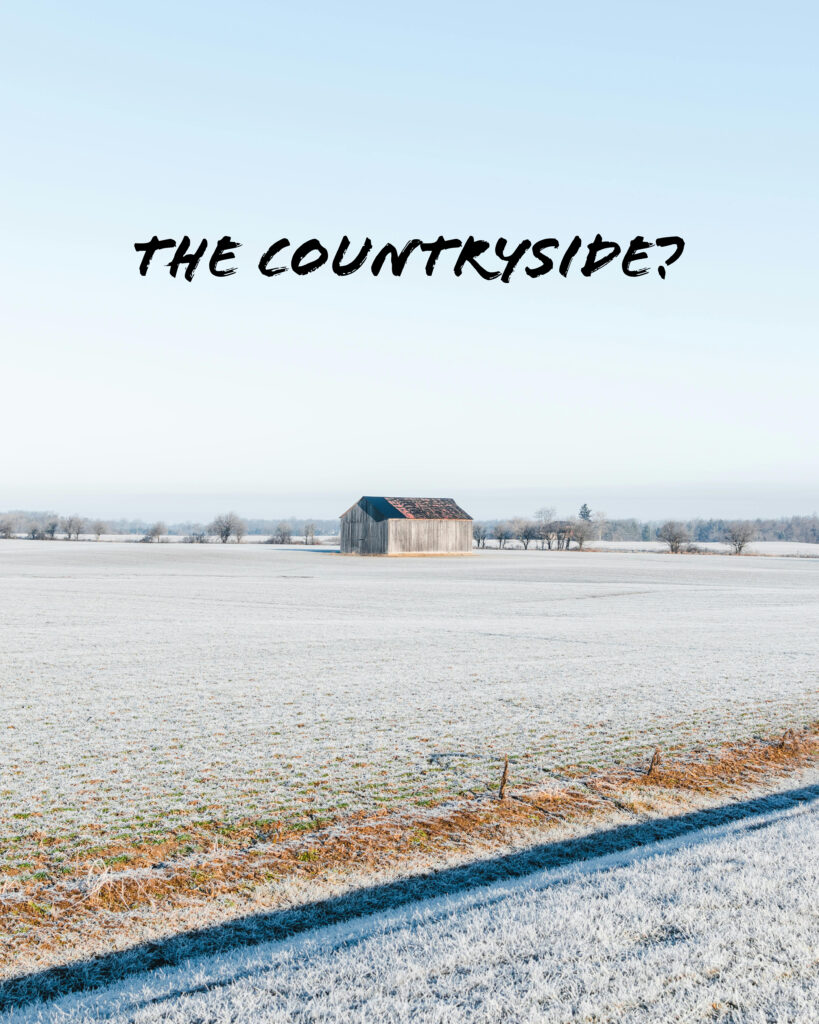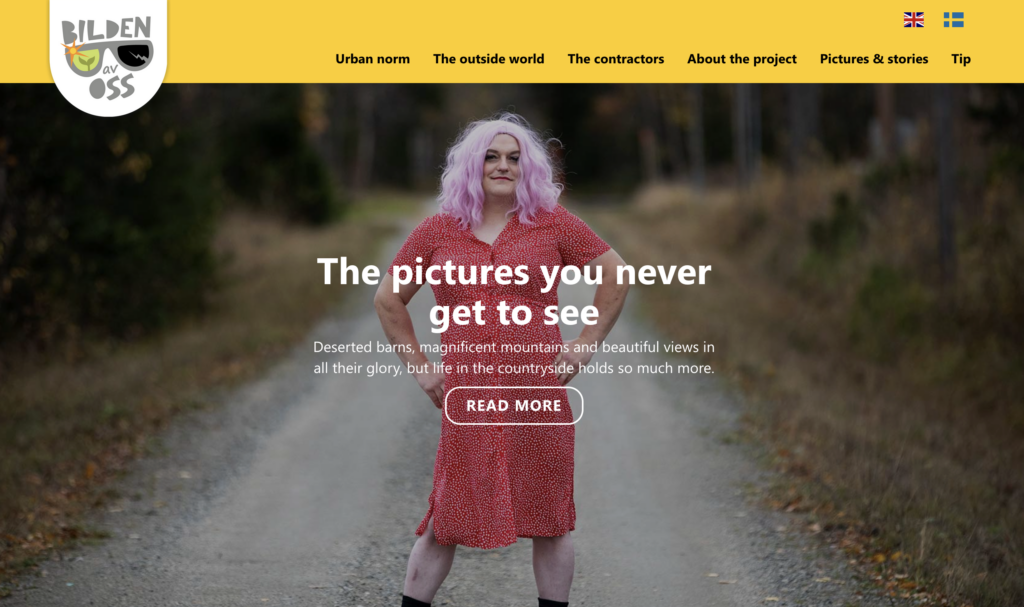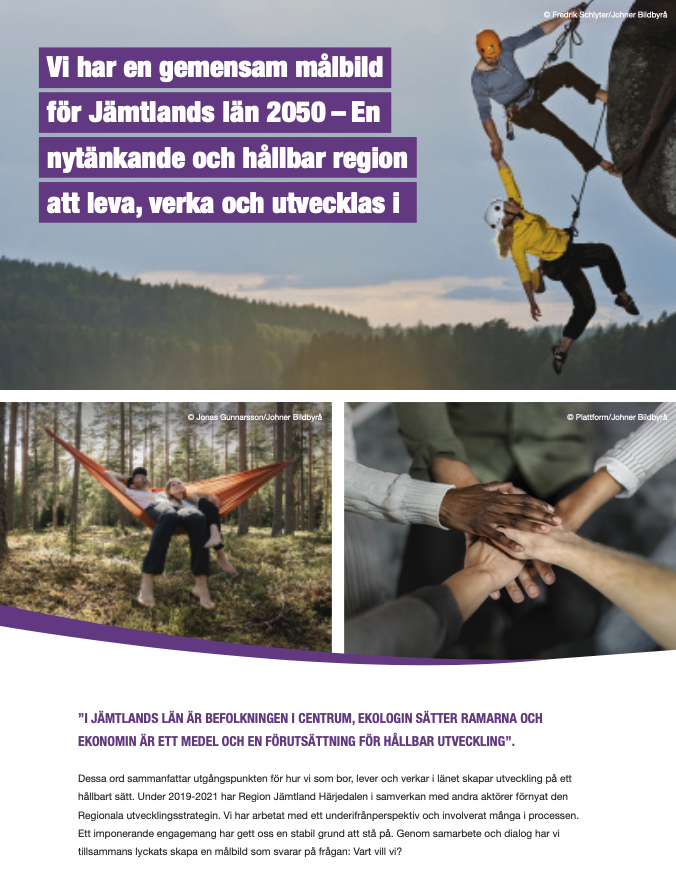
Why is the countryside often depicted with an image of a deserted barn (at least in Swedish news articles)? Or with overly romantic, yet equally depopulated, nature scenes?
Where are the people? Daily life? All the encounters? Innovation? Progress? Diversity? Or is all that happening in that barn? 🧐
”When we see images with people, we can relate and feel empathy. Both for the people and the places. When we see images without people, it confirms the belief that there are no people in the countryside in Sweden. Then it becomes easier to distance oneself and think that those places aren’t so important. It doesn’t matter much if they have worse conditions, are exploited, lack functioning infrastructure, or if the elderly don’t have functioning alarms.”
This is one of many perspectives highlighted in ”The Image of Us,” a handbook about challenging the urban norm. It’s published by @heimbygda, an organization that brings together about 70 local heritage associations in Jämtland and Härjedalen.
The book is completely free! You can download it at bildenavoss.se.

I contributed to the book with a visual analysis. Of a regional brochure whose cover image had a somewhat backward-looking gender perspective (a man rescuing a woman dangling from a cliff). We also discovered that none of the three images on the cover were actually taken in the region, by checking the image data. Which is the least you could ask for – from a brochure meant to mirror its region and the population living there.

#thecountryside #bildenavoss #urbannorm

Leave A Comment